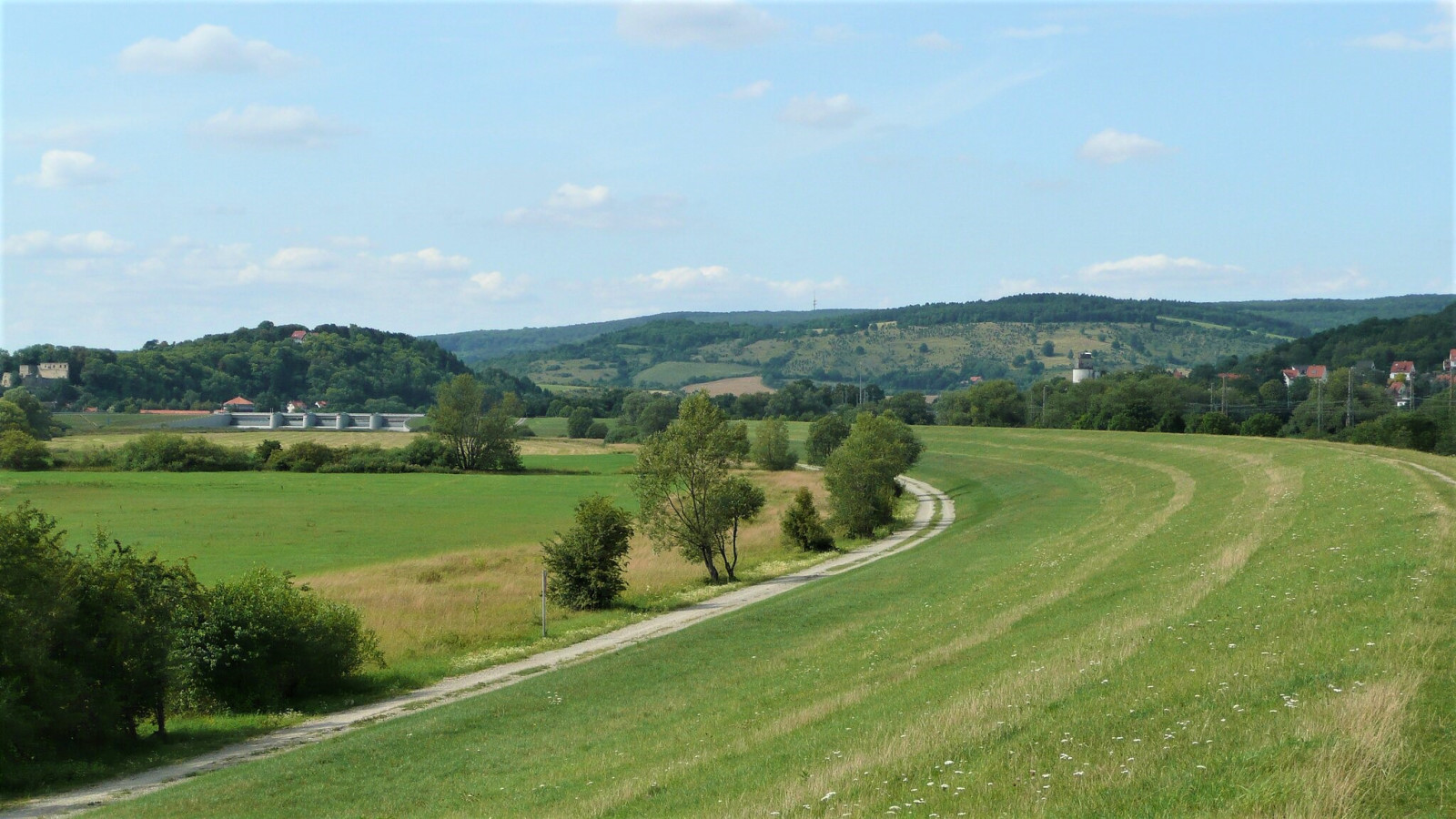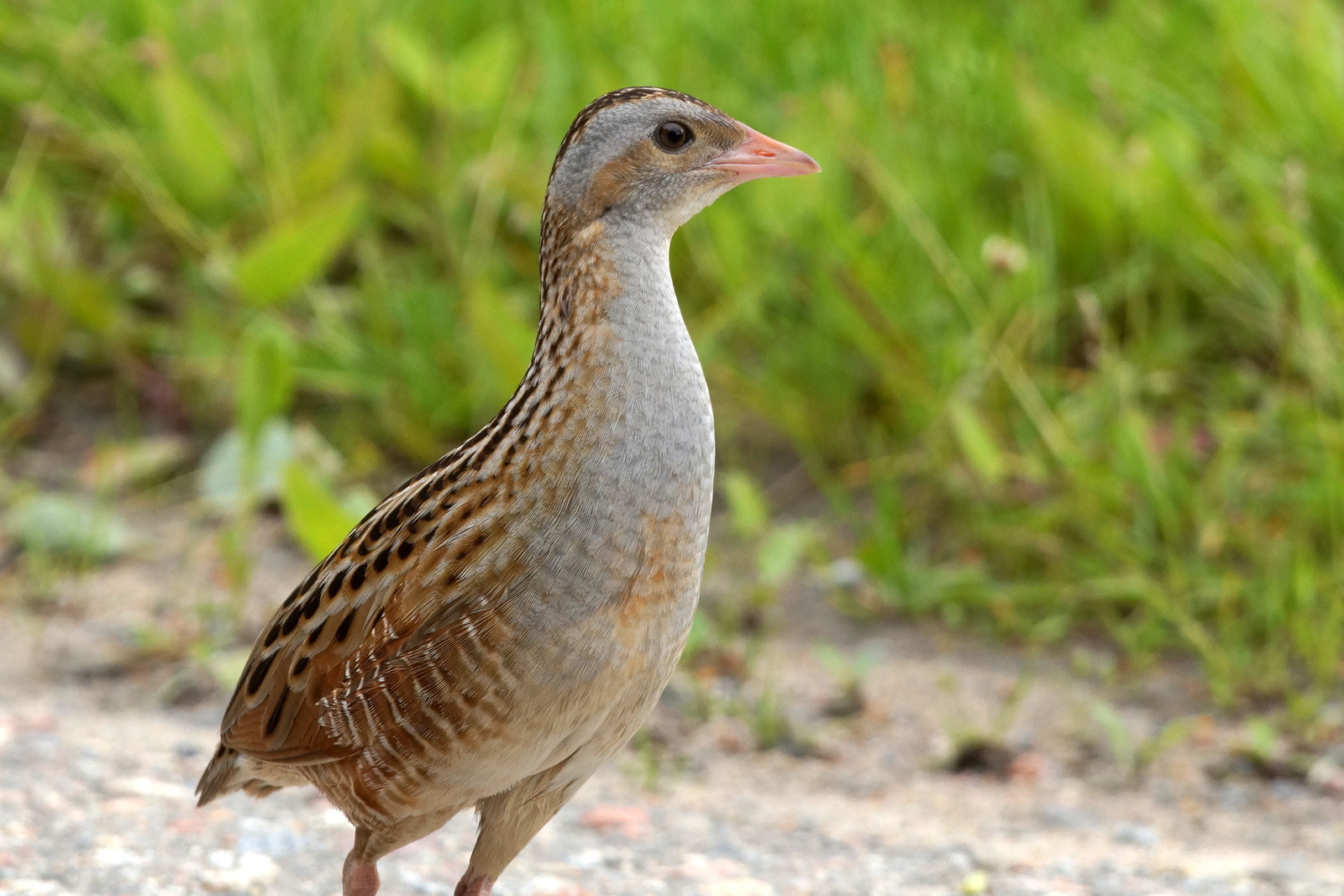Descrição
Leinepolder Salzderhalden (> 500ha) consists of a mixture of wet meadows, reedbeds scattered with bushes and trees. In winter and spring the area can get flooded resulting in a lage shallow lake attractive to waterfowl and migrating waders. March and April are best with large flocks of Piadeira, Pato-trombeteiro and Marrequinha-comum among other waterfowl. Large flocks of Abibe-comum often contain small numbers of Tarambola-dourada . Grou-comum usually is present, with single birds still around in May. Migration of waders in March - May can be interesting. Regular visitors are Combatente , Perna-verde-comum , Perna-vermelha-comum (in small numbers), Pássaro-bique-bique , Maçarico-bastardo and Perna-vermelha-escuro but several rarities such as Pilrito-falcinelo , Abibe-sociável or Perdiz-do-mar have paid this site a visit.
Breeding birds are for example Pisco-de-peito-azul , Felosa-dos-juncos , Felosa-malhada or Felosa-unicolor. All European Rails and Crakes have used the area for breeding, though only Frango-d'água and Codornizão turn up yearly.
Autumn migration usually is quieter due to the lack of water.
In winter, large flocks of Geese (usually Ganso-comum , Tundra Bean Goose , Ganso-grande-de-testa-branca ) are around. Here, the chances are best for finding Búteo-calçado , that occasionally stay a few days or weeks.
Detalhes
Acesso
The area can be reached by car via A7. Exit "Northeim Nord", drive towards Einbeck and turn left after 600m. At the end of the road turn right towards Einbeck and then right onto L 572 again at the next crossing. Drive through Stöckheim and Drüber.
Terreno e Habitat
Terras húmidas , Camas de junco , CampinaCondições
Plano , Paisagem abertaCaminho circular
Nãoé útil um telescópio?
SimBoa temporada de observação de aves
Durante todo o anoMelhor hora para visitar
Primavera , Inverno , VerãoRota
Estrada não pavimentadaCaminho dificil
FácilAcessível por
Bicicleta , Pé , CarroAbrigo/plataforma deobservação de aves
SimInformação extra
The area can be crowded with birds or deserted. The abundence of birds is highly influenced of the water levels. Periods with lots of precipitation are required to create the high water situations that are necessary to flood the area. Therefore spring usually offers best conditions.
Ligações
- Naturerlebnis Leinepolder
- Leinepolder Salzderhelden, Geschiebesperre Hollenstedt und Northeimer Kiesteiche




